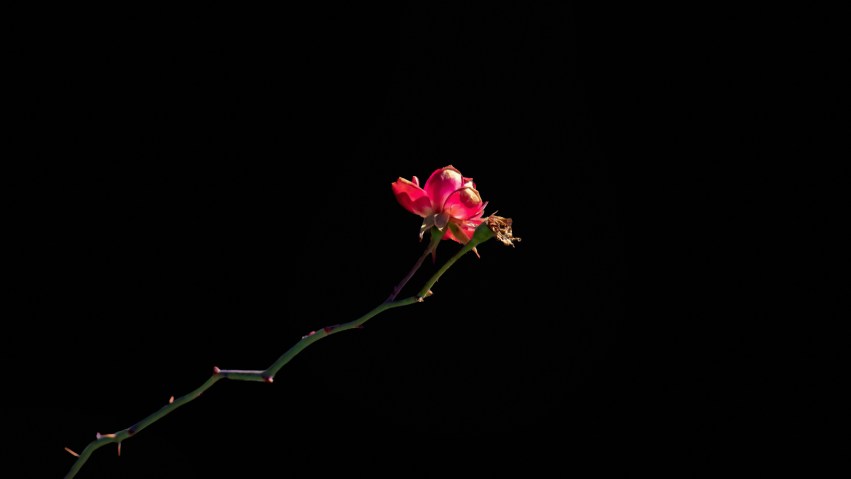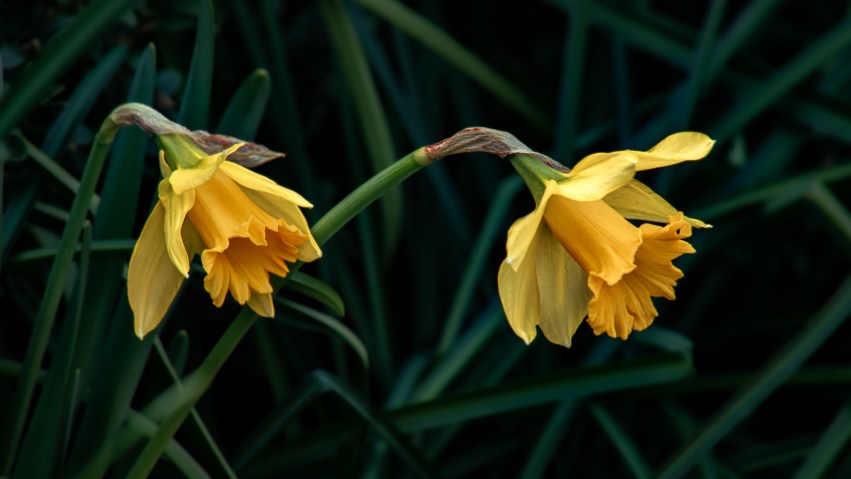From 100 Flowers and How They Got Their Names by Diana Wells:
“Crocuses flower about Valentine’s Day, just when we need a reminder that winter is over and we really do love one another after all. ‘Krokos’ was the Greek name for the autumn-flowering saffron crocus, which has been cultivated from antiquity, but which hardly anyone grows today. The nicest legend about its origin is of Zeus and Hera making love so passionately that the heat of their ardor made the bank on which they lay burst open with crocuses.
“The first spring crocuses were sent to England from France by Jean Robin, curator of the Jardin du Roi in Paris. John Gerard’s famous Herball describes the ‘wilde or Spring Saffron’ as a novelty compared to the ‘best-knowne’ saffron. Saffron crocuses are pale purple, and Gerard talks about the new colors of white and a ‘perfect shining yellow colour, seeming a far off to be a hot glowing cole of fire.’
“Saffron was always a valuable crop. Measured ounce for ounce it was often more valuable than gold; it takes four thousand stigmas to make just one ounce of saffron. In the Middle Ages it was sometimes used instead of real gold leaf to illuminate missals. The rich used it for flavoring food (the poor had to make do with calendula petals), and it was also thought to be ‘good for the head.'”
Photographically speaking, my February image-making is off to a pretty slow start, with the weather not cooperating with my plans to wander the neighborhood camera-in-hand. I’ll admit to some rare days of actual boredom last week, while rainstorms from the same weather system that dropped tons of snow farther north continued for several days, followed by freezy-breezy afternoons with very little sunlight and temperatures barely creeping into the thirties. Me and my camera don’t mind the cold that much; but all that rain dampened the enthusiasm right out of us.
Granted I could have done productive indoor-stuff like my income taxes or organizing some cabinets and closets or getting a jump on spring cleaning … but, nah, instead I read a bunch of online articles about taking pictures of ordinary things at home, and armed with new knowledge decided on a photo-shoot with an indoor theme: Things Around the House with Faces. There are surprisingly large numbers of things with faces around my house, but, alas, I even got a little restless about that and stopped after five photos (or maybe I’m just saving some subjects for the next week of soaking rain).
Here they are, five face-based photos, irreverently captioned.

Victorian Angel Knocker on a Yellow Wall
Between Two Framed Pictures in a Hallway on a Rainy Day


Watchmen Understudy, At Rest, Between Takes

Frog King Au Naturel (NSFW! … oh, sorry, too late!)

When the weather finally cleared and the temperatures modulated, I got to go outdoors again (which is where I belong, dammit!) for one of my color-hunting excursions. Despite much of the landscape steeped in brown, gray, and monochrome, I found these tiny crocuses sneaking out of the ground…





… and converted three of their photos to black-backgrounders…



… and stumbled across this sole daffodil seeking sunlight from behind a concrete barrier…

… found these bright red leaves of unknown botanical lineage…



… and surprised myself by getting decent photos of these tiny red buds from twenty feet away with a 300-millimeter zoom setting.


There were a few other plants just barely in bloom — those photos I’m still working on — which I’ll finish up and post over the next few days.
Thanks for taking a look!




































































